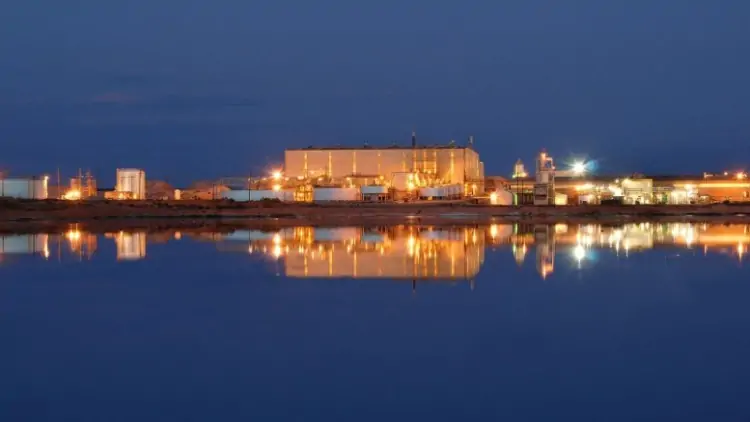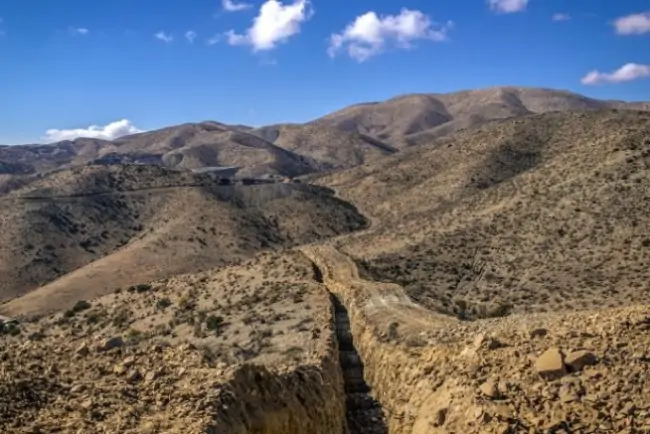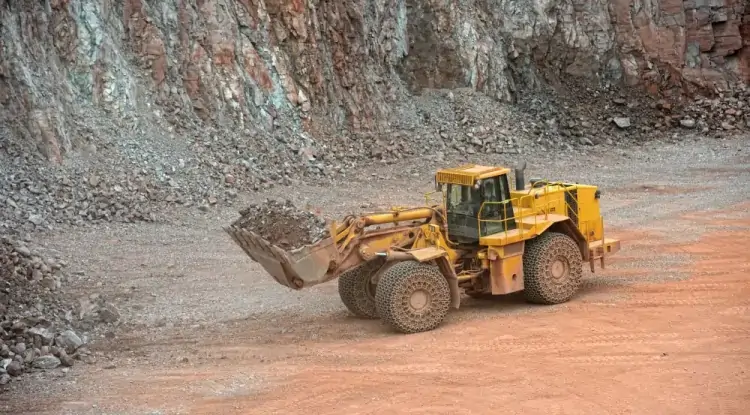Energy Fuels begins commercial production of separated rare earths at White Mesa
Energy Fuels (TSX: EFR; NYSE: UUUU) announced on Monday that it has achieved commercial production of separated neodymium-praseodymium (NdPr) at its White Mesa mill in Utah.


The rare earth elements (REE) will be produced at Energy Fuels’ new Phase 1 REE separation circuit, with a capacity of 850 to 1,000 metric tonnes of NdPr per year.
The company expects to have commercial quantities of separated NdPr available for shipment by the end of the month.
“We have achieved a significant milestone for the Energy Fuels, for Utah, and for the United States: the commercial production of separated rare earths that meet applicable product specifications, while simultaneously ramping up domestic uranium production aggressively,” Energy Fuels president and CEO Mark Chalmers said in a news release. “Energy Fuels can confirm the return of separated rare earth production from monazite back to the United States after a multi-decade absence, in addition to the return of technological know-how and expertise in this extremely important field that is critical to national and economic security.”
Energy Fuels’ production achievement marks it as among a small number of rare earths producers in the Americas, after Serra Verde declared commercial production at its Pela Ema project in January, behind MP Materials’ (NYSE: MP) Mountain Pass mine in California. Rare earths, used in cellular phones, computers and magnets for green energy technologies and electric vehicles, are highly sought by Western countries eager to secure supply chains outside of China, which dominates the mining and processing of the 17 rare metals.
Unique monazite production
Energy Fuels is extracting, refining, and separating the NdPr from monazite produced by Chemours at its heavy mineral sand operations in Florida and Georgia.
The company said this is the first time in several decades that a U.S. company has produced on-spec separated REEs from monazite on a commercial scale.
Energy Fuels began piloting REE separations in 2021 and later performed partial REE separations in 2022 and 2023.
The company completed construction of its Phase 1 REE separation circuit in the first quarter of 2024 at a total cost of about US$16 million, under the original budget of US$25 million.
During the second quarter, the company expects to produce about 25 to 35 tonnes of on-spec, separated NdPr.
The added REE separation processes haven’t hindered the ability or capacity of the company to produce uranium at White Mesa, and preparations are underway to start a uranium ore and alternate feed uranium-bearing material processing campaign in the third quarter, Energy Fuels said in the release.
After NdPr production at the mill is complete in the fourth quarter, the company expects to begin processing uranium ore and alternate feed materials from stockpiles, resulting in the expected production of 150,000 to 500,000 lb. of U3O8 this year, with production ramping up further in 2025.
From the new circuit, Energy Fuels also expects to produce a samarium-plus (Sm+) concentrate, while also recovering the contained uranium from the monazite feed stocks.
The company anticipates using this Sm+ concentrate to continue pilot-scale dysprosium (Dy) and terbium (Tb) separation and to design circuits at the mill capable of producing these rare earth products in separated individual forms. There are currently no companies in the Western Hemisphere capable of commercially producing separated, on-spec Dy, Tb, or other heavy REE products
Shares of Energy Fuels rose 2.9% to $6.12 on Monday, valuing the company at $1 billion. Its shares traded in a 52-week range of $5.16 and $9.03.














